Optimal Timing for Fire Restorations
Fire restorations are most effective when performed promptly after a fire incident. Early intervention minimizes structural damage and reduces restoration costs. The timing also depends on weather conditions, as humidity and temperature can influence the restoration process.
Address fire damage as soon as possible to prevent further deterioration and mold growth.
Perform restorations during dry, mild weather to facilitate drying and cleaning processes.
Spring and fall often provide ideal conditions for efficient fire damage repairs.
Scheduling restorations promptly after fire detection ensures quicker recovery and minimizes secondary damages.

Initial evaluation to determine the extent of damage and necessary repairs.
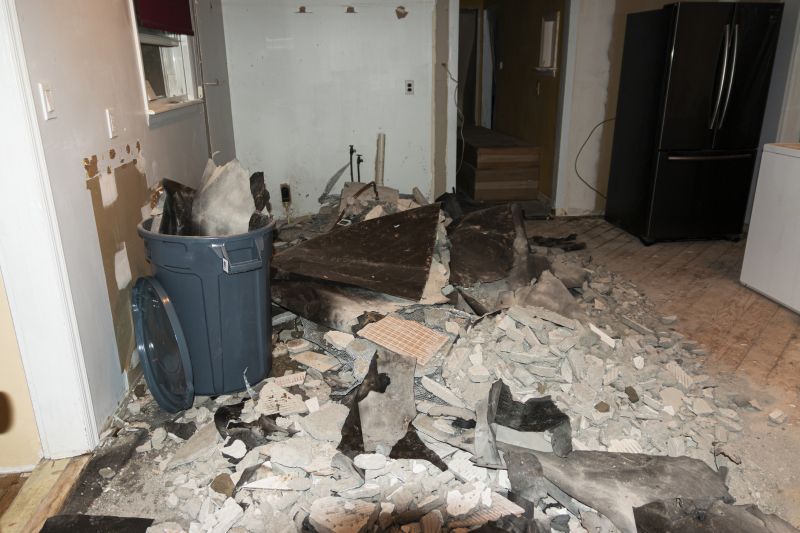
Removing soot, ash, and debris to prepare for repairs.
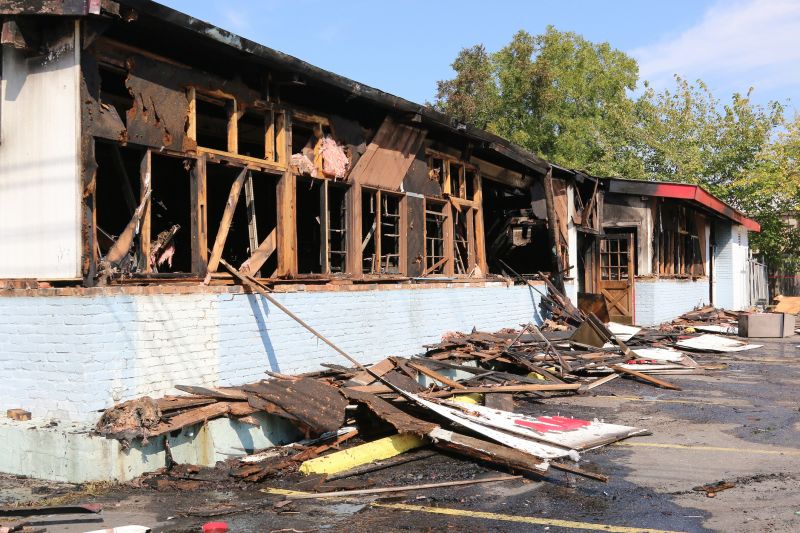
Restoring damaged frameworks and surfaces efficiently.
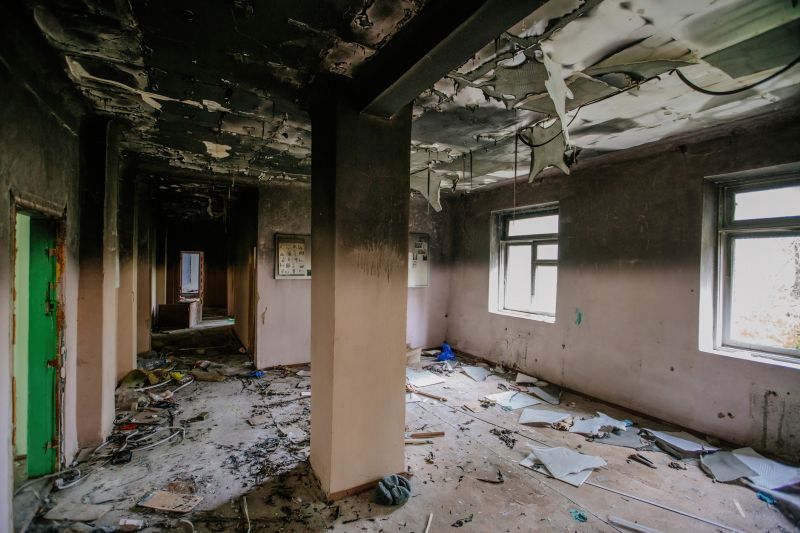
Ways to make Fire Restorations work in tight or awkward layouts.
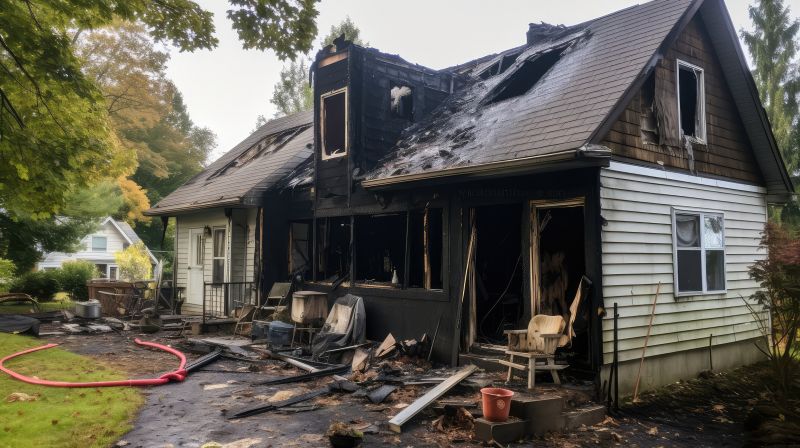
Popular materials for Fire Restorations and why they hold up over time.
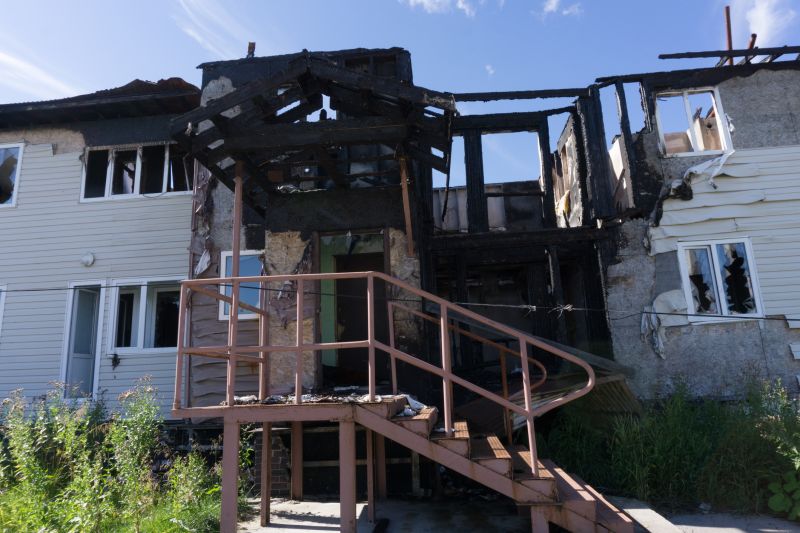
Simple add-ons that improve Fire Restorations without blowing the budget.

High-end options that actually feel worth it for Fire Restorations.
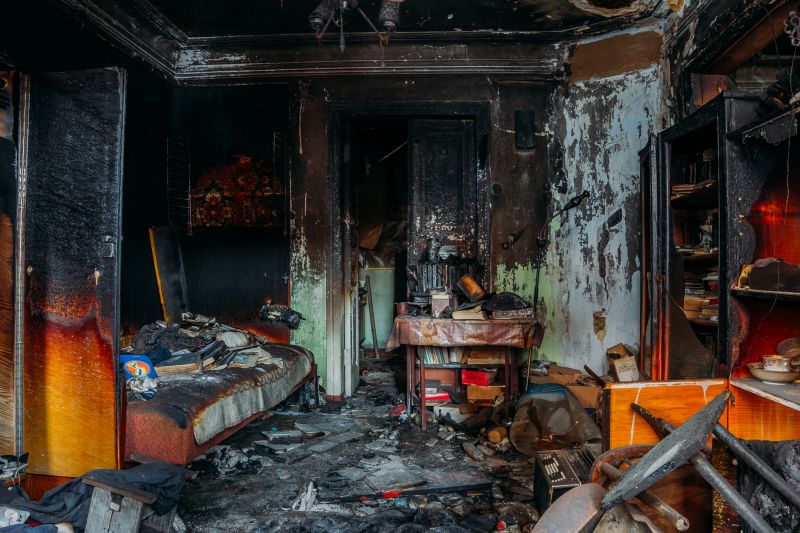
Finishes and colors that play nicely with Fire Restorations.
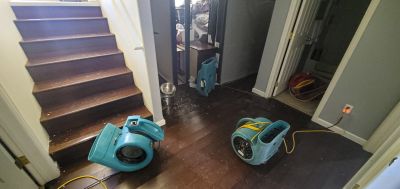
Specialized tools and machines used in fire damage cleanup.
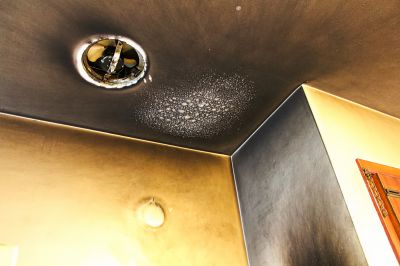
Techniques for eliminating smoke odors and residues.

Restoring the integrity of compromised building frameworks.
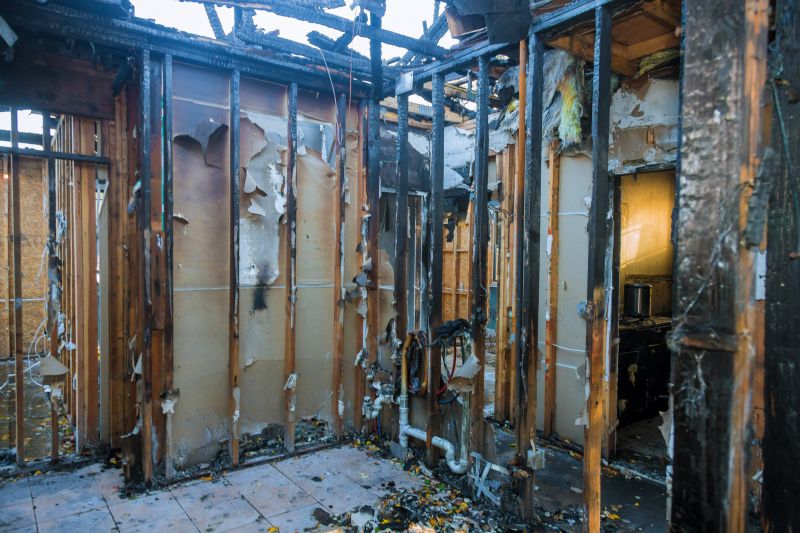
Ensuring all damages are addressed before project completion.
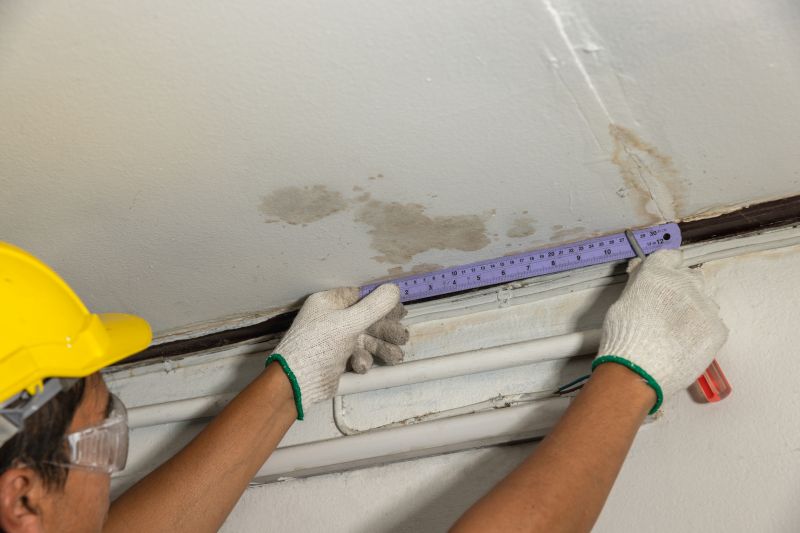
Little measurements that prevent headaches on Fire Restorations day.
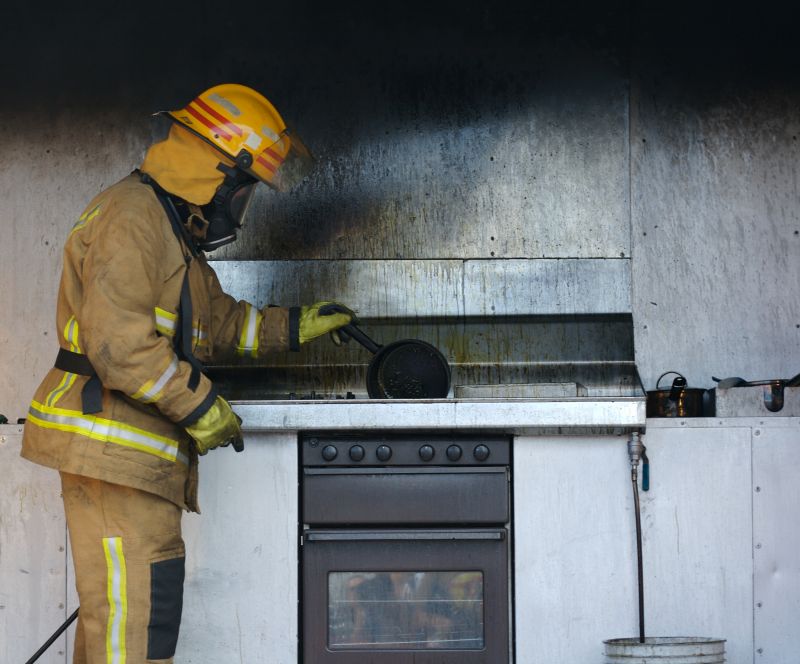
A 60-second routine that keeps Fire Restorations looking new.

A frequent mistake in Fire Restorations and how to dodge it.

Small tweaks to make Fire Restorations safer and easier to use.
| Aspect | Details |
|---|---|
| Immediate response | Reduces secondary damages and costs. |
| Weather conditions | Dry, mild weather optimizes restoration efforts. |
| Seasonal timing | Spring and fall are often ideal. |
| Post-fire assessment | Critical for planning effective restoration. |
| Long-term planning | Align with renovation schedules for efficiency. |
| Response time | Faster responses lead to better outcomes. |
| Structural repairs | Performed once debris and soot are cleared. |
| Environmental factors | Humidity and temperature influence drying. |
Understanding the optimal timing for fire restorations can significantly impact the effectiveness and cost-efficiency of the process. Prompt action combined with favorable weather conditions ensures thorough cleaning, repairs, and deodorization. Planning restorations during suitable seasons can also help in managing resources and minimizing disruptions.
